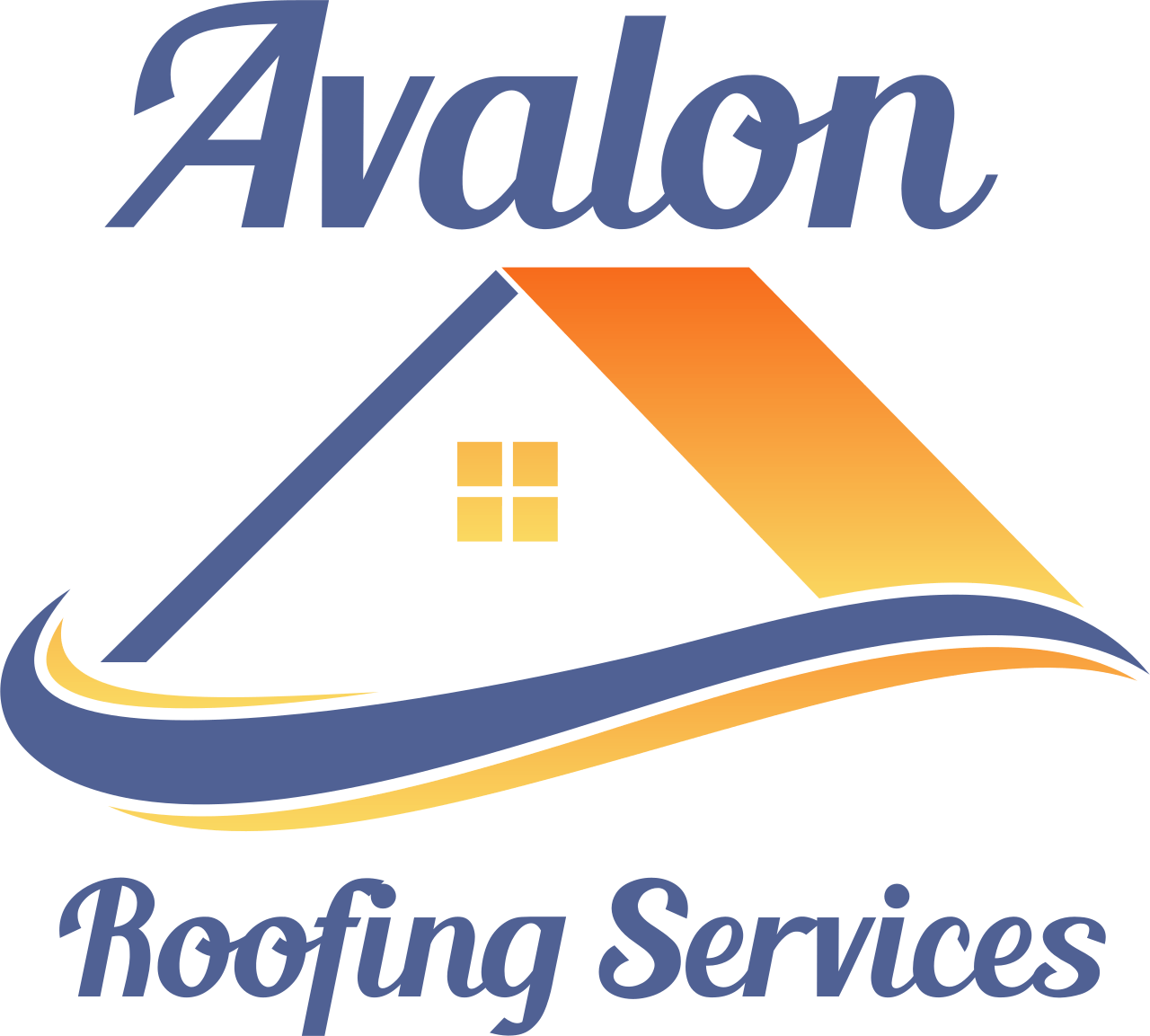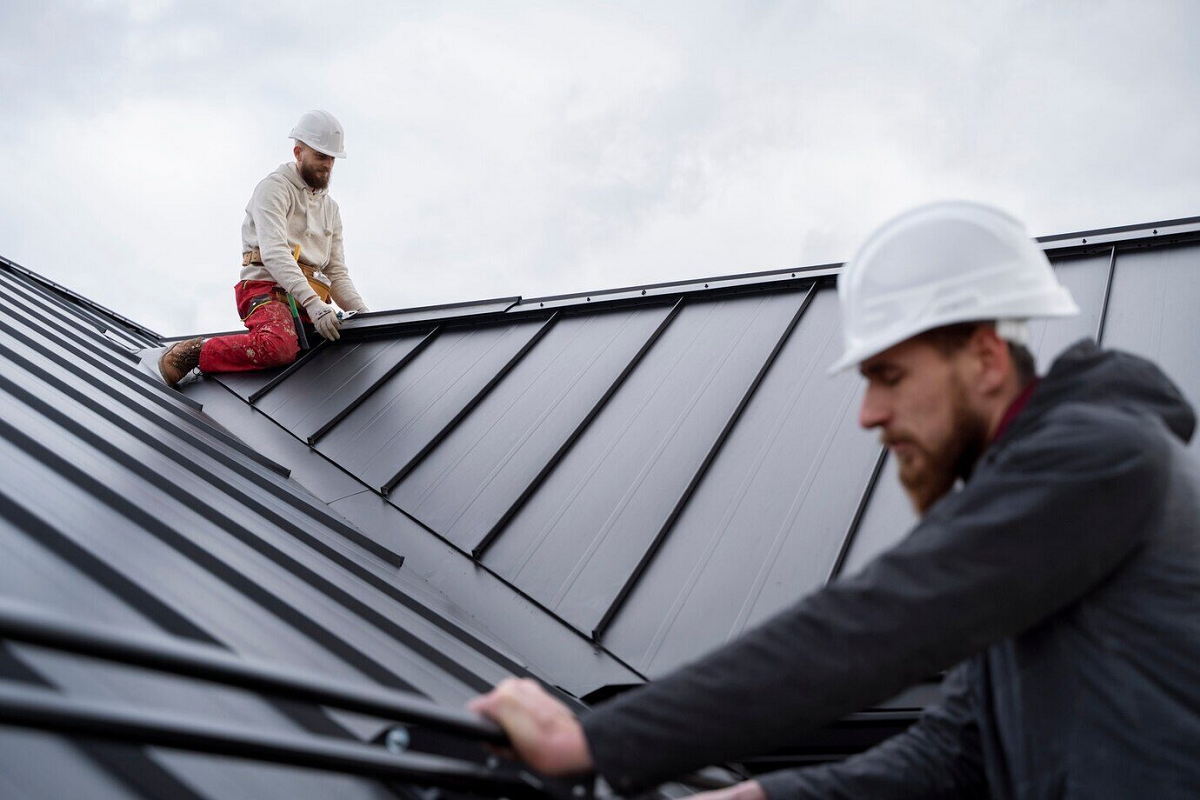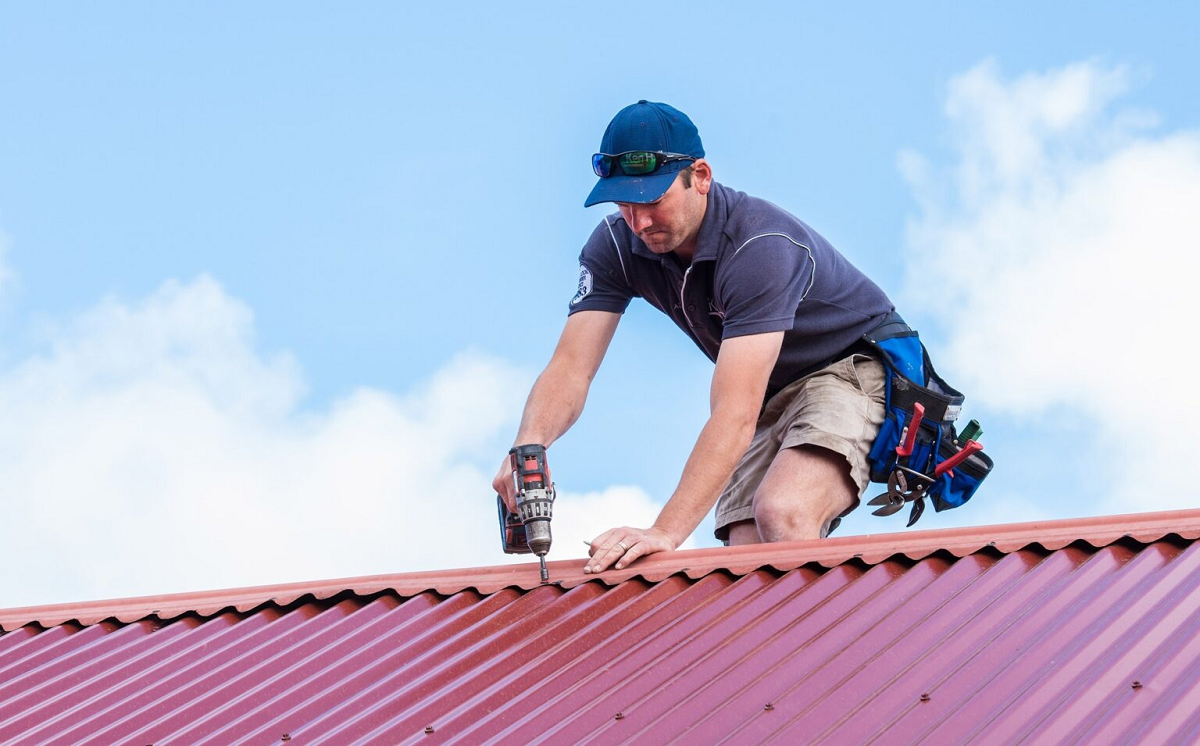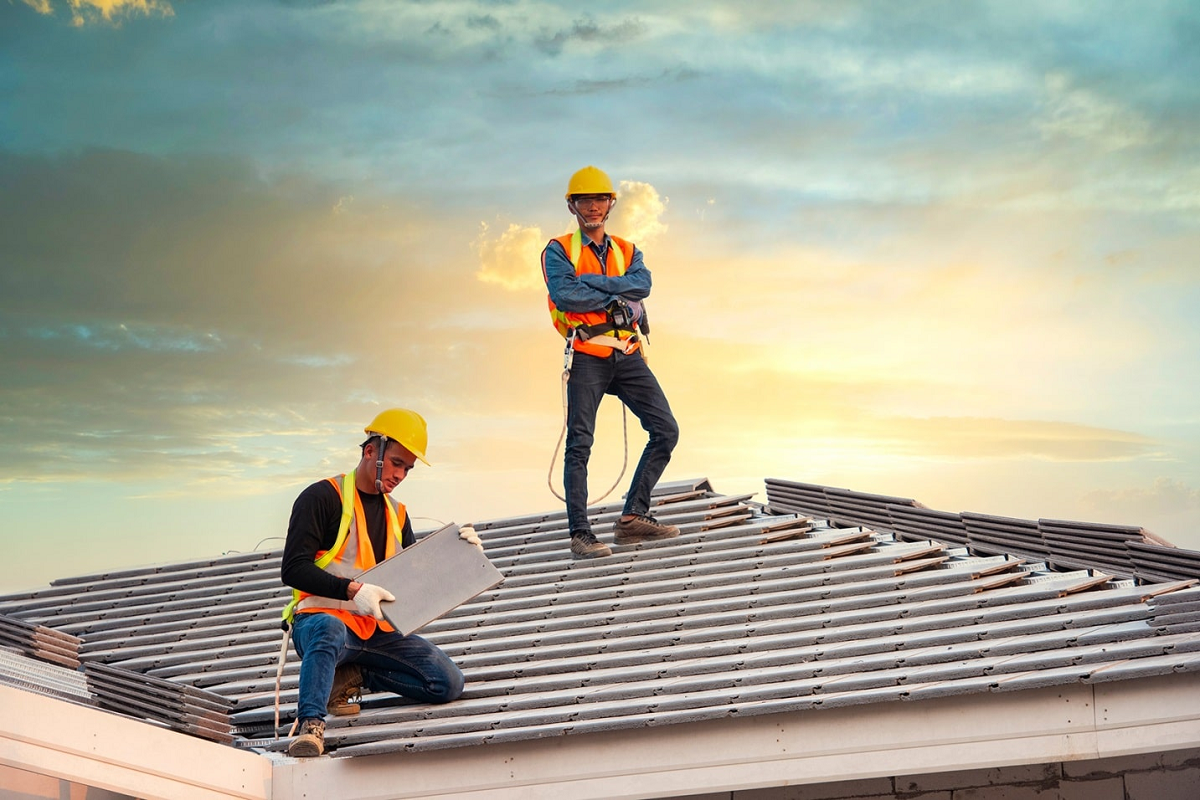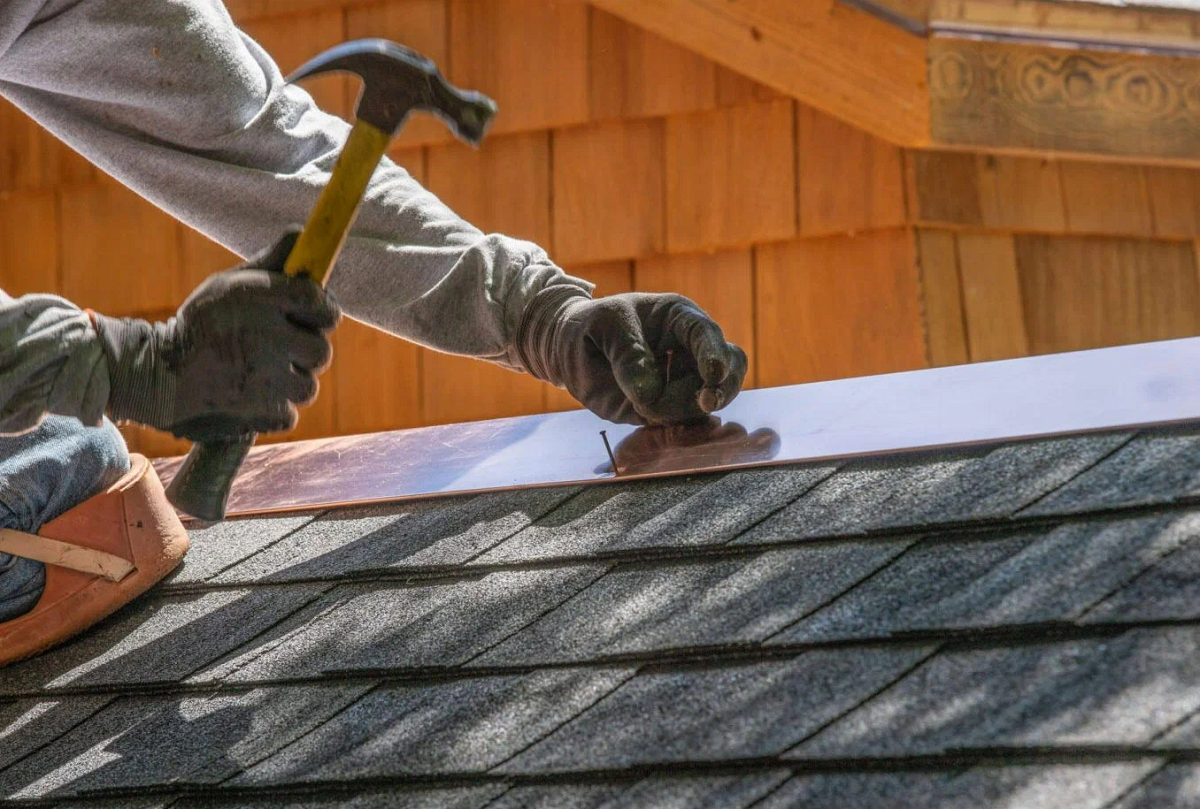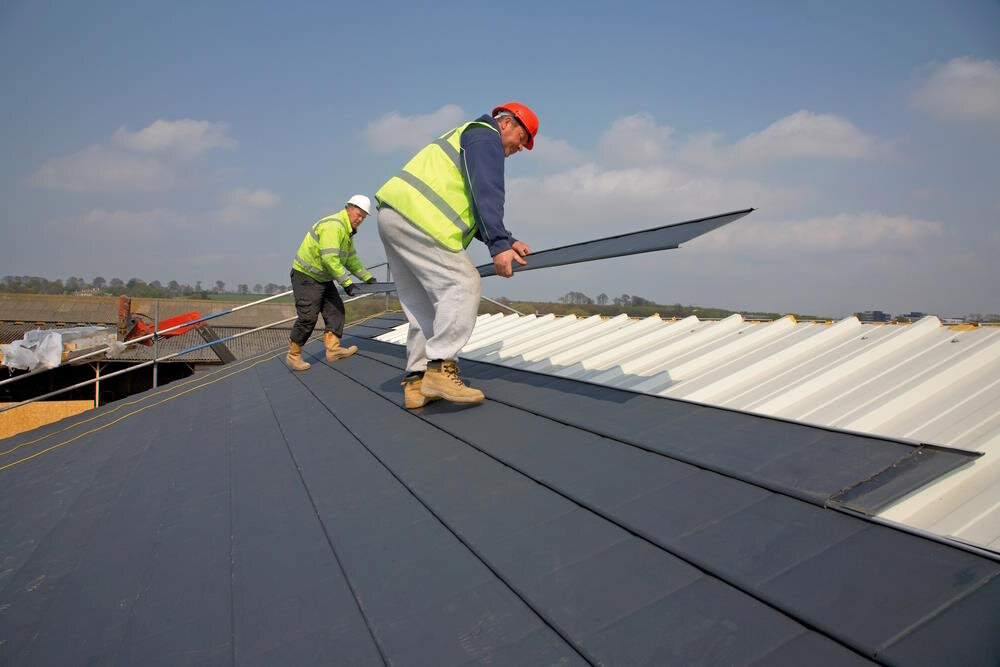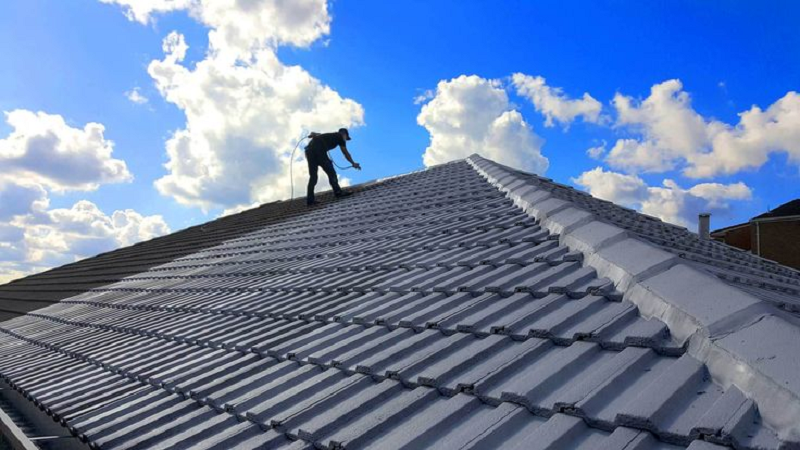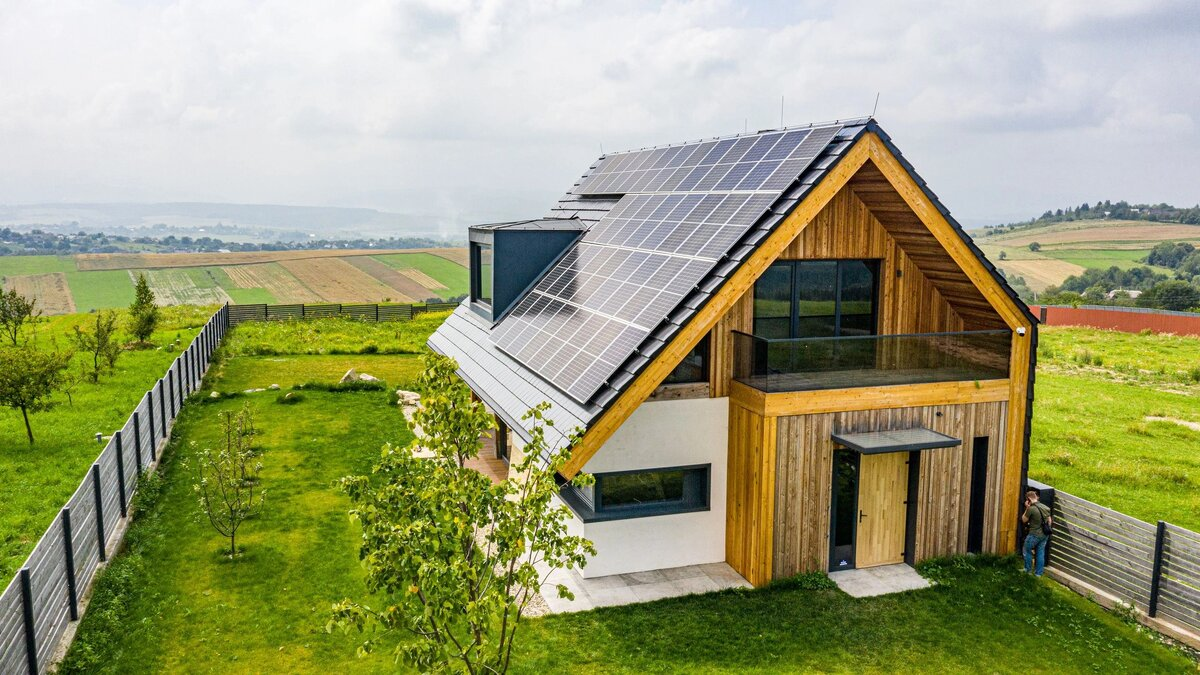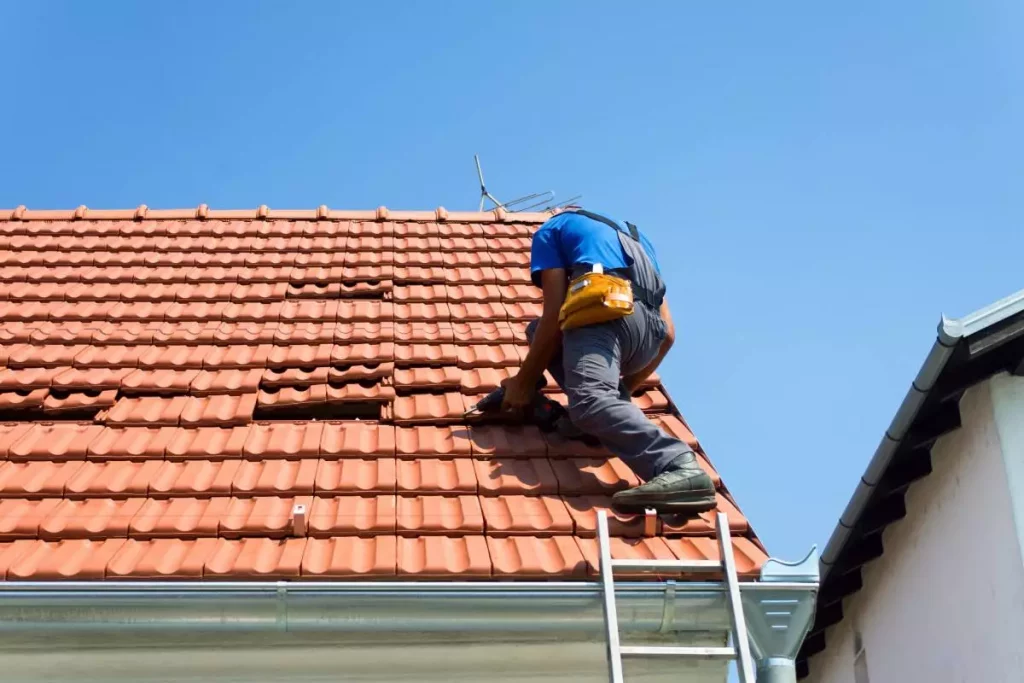The Cost-Effectiveness Of Different Roofing Materials
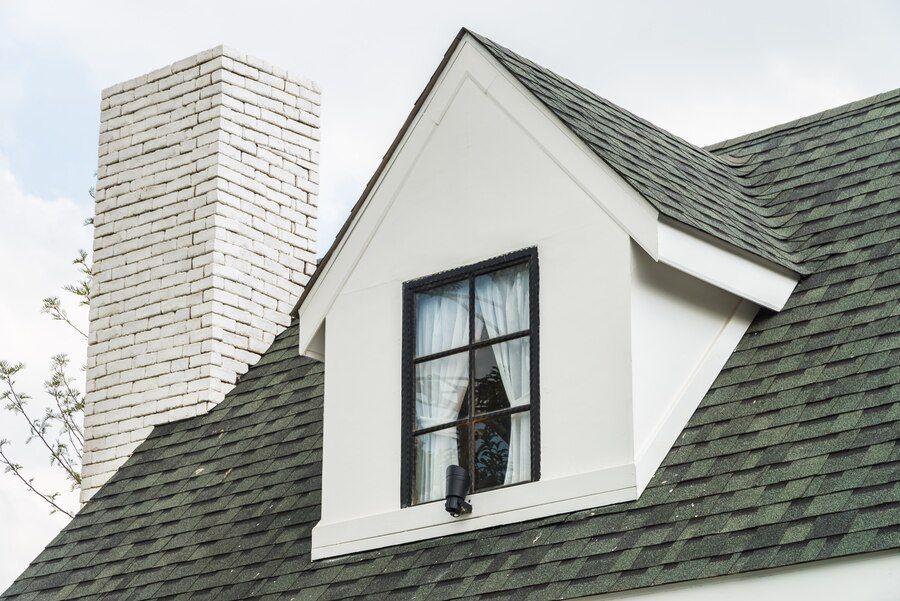
When it comes to choosing the right roofing material for your home or building, cost-effectiveness is a crucial factor to consider. The array of options available in the market can be overwhelming, each boasting its own set of advantages and drawbacks. From traditional asphalt shingles to eco-friendly options like metal or clay tiles, the decision involves weighing not only the initial investment but also long-term maintenance expenses and durability.
Understanding the cost-effectiveness of different roofing materials is essential for making an informed choice that aligns with your budget and sustainability goals. In this blog post, we'll delve into the various factors influencing the cost-effectiveness of roofing materials, helping you navigate through the sea of options to find the perfect fit for your needs.
Initial Cost Comparison: Asphalt vs. Metal vs. Clay
When contemplating roofing materials, one of the primary considerations is the upfront investment required. Asphalt shingles typically emerge as the most budget-friendly option, offering decent durability at a relatively low cost per square foot. Metal roofing, while initially more expensive than asphalt, presents a compelling long-term investment due to its superior durability and longevity.
On the other hand, clay tiles often stand out for their aesthetic appeal but come with a higher initial price tag compared to asphalt and metal. However, it's crucial to factor in not just the initial cost but also the lifespan and maintenance requirements of each material to make an informed decision about which option truly offers the best value for money in the long run.
Long-Term Durability: Lifespan Analysis Of Roofing Materials
Assessing the durability of roofing materials involves analyzing their expected lifespan under various environmental conditions. Asphalt shingles typically last between 15 to 30 years, depending on factors such as climate and maintenance. Metal roofing surpasses asphalt in durability, boasting a lifespan of 40 to 70 years or more with proper care.
Clay tiles often outshine both asphalt and metal in longevity, enduring for over a century when maintained adequately. Considering the long-term durability of roofing materials is essential not only for minimizing replacement costs but also for ensuring the structural integrity and safety of the building over time. Investing in a durable roofing material upfront can ultimately save homeowners significant expenses down the road.
Maintenance Expenses: Assessing The True Cost Over Time
Assessing the true cost of maintenance expenses over time is essential for homeowners to make informed decisions about their roofing investments. While upfront costs may be a significant consideration, it's equally crucial to factor in ongoing maintenance expenses to determine the overall cost-effectiveness of roofing materials. Regular maintenance helps prolong the lifespan of the roof and prevents minor issues from escalating into costly repairs. Here are five key points to consider when assessing maintenance expenses over time:
- Regular Inspections: Schedule routine inspections to identify potential issues early on and address them before they worsen.
- Cleaning and Debris Removal: Clearing debris, such as leaves, branches, and dirt, from the roof helps prevent water buildup and extends the lifespan of roofing materials.
- Repairing Damage Promptly: Addressing leaks, damaged shingles, or flashing issues promptly can prevent water infiltration and structural damage.
- Sealing and Coating: Applying sealants and coatings as needed helps protect roofing materials from UV damage, moisture, and wear, prolonging their lifespan.
- Professional Maintenance Services: Consider hiring professional roofing contractors for periodic maintenance tasks to ensure thorough inspections and proper repairs.
Energy Efficiency: Impact On Utility Bills And Long-Term Savings
The energy efficiency of roofing materials can have a significant impact on household utility bills and long-term savings. Reflective metal roofing and light-colored asphalt shingles are known for their ability to reduce heat absorption, thereby lowering cooling costs during hot summer months. Clay tiles also exhibit excellent thermal performance, keeping interiors cooler in warm climates.
Investing in energy-efficient roofing materials not only reduces reliance on artificial cooling but also contributes to lower carbon emissions and environmental sustainability. When evaluating the cost-effectiveness of roofing options, considering their energy efficiency can lead to substantial savings on utility bills over the lifespan of the building.
Environmental Impact: Sustainability Of Roofing Choices
Opting for sustainable roofing materials reduces environmental impact, conserves resources, and promotes energy efficiency. These choices minimize pollution, waste, and harm to ecosystems, contributing to a healthier planet and sustainable future.
- Conservation of resources
- Reduction of pollution and waste
- Promotion of energy efficiency
- Minimization of environmental harm
- Contribution to sustainability
Climate Considerations: Adaptability To Different Weather Conditions
The climate in which a building is located significantly influences the performance and durability of roofing materials. Asphalt shingles, while commonly used across various climates, may deteriorate more quickly in regions with extreme temperature fluctuations or frequent severe weather events. Metal roofing excels in durability and resilience, making it a preferred choice for areas prone to hurricanes, wildfires, or heavy snowfall.
Clay tiles thrive in warm and dry climates, offering excellent resistance to heat, UV radiation, and wind. Selecting roofing materials that are well-suited to the specific climate conditions of a region ensures optimal performance and longevity, ultimately enhancing the cost-effectiveness of the roofing system.
Insurance Costs: How Roofing Materials Affect Premiums
The choice of roofing material can impact insurance premiums, as insurers assess the risk associated with different roofing types when determining coverage rates. Metal roofing, known for its fire resistance and durability, often qualifies for lower insurance premiums, particularly in areas prone to wildfires. Asphalt shingles, while widely used, may lead to higher premiums in regions susceptible to wind and hail damage due to their relatively lower durability.
Clay tiles, while durable, may also affect insurance costs due to their susceptibility to damage from earthquakes or severe weather events. Understanding how roofing materials influence insurance premiums is essential for homeowners seeking to optimize cost-effectiveness while ensuring adequate coverage for their property.
Resale Value: Enhancing Property Worth With The Right Roof
Investing in the right roof not only provides protection for your home but also enhances its resale value, making it a wise financial decision. A high-quality roof can significantly increase the overall worth of your property, attracting potential buyers and ensuring a favorable return on investment. Here are some key points to consider when it comes to enhancing property worth with the right roof:
- Curb Appeal: A well-maintained and aesthetically pleasing roof enhances the curb appeal of your home, making it more attractive to prospective buyers.
- Longevity: A durable roof with a long lifespan adds value to your property, as buyers are willing to pay more for a home with a roof that won't require immediate replacement.
- Energy Efficiency: Energy-efficient roofing materials can lower utility bills for potential buyers, making your property more desirable and valuable in the market.
- Warranty Coverage: A roof with comprehensive warranty coverage provides assurance to buyers, giving them confidence in the quality and reliability of the property.
- Professional Installation: Proper installation by experienced roofing contractors ensures the longevity and performance of the roof, contributing to its overall value and appeal to buyers.
Installation Expenses: Factoring in Labor Costs
Beyond material costs, installation expenses are a significant consideration in assessing the cost-effectiveness of roofing materials. Asphalt shingles typically entail lower installation costs due to their lightweight nature and ease of installation, making them an attractive option for budget-conscious homeowners. Metal roofing, while more expensive upfront, may require specialized installation techniques, resulting in higher labor costs.
Clay tiles, with their heavy weight and intricate installation process, often incur the highest installation expenses among roofing materials. Understanding the labor costs associated with each roofing option is essential for accurately budgeting and evaluating the overall cost-effectiveness of the roofing system.
Warranty Coverage: Understanding Protection And Guarantees
Warranty coverage varies among roofing materials, providing homeowners with assurance against manufacturing defects and premature failures. Asphalt shingles typically come with standard warranties ranging from 20 to 30 years, offering protection against defects in materials and workmanship. Metal roofing often boasts longer warranties, extending up to 50 years or more, reflecting its superior durability and longevity.
Clay tiles commonly come with warranties ranging from 50 to 100 years, underscoring their resilience and longevity. Evaluating the warranty coverage offered by different roofing materials is crucial for ensuring peace of mind and financial protection against unforeseen issues that may arise during the lifespan of the roof.
In conclusion, the selection of roofing materials involves a multifaceted evaluation encompassing various factors, each crucial for determining the cost-effectiveness and overall value of the roofing system. From the initial cost comparison of asphalt, metal, and clay to considerations such as long-term durability, maintenance expenses, and energy efficiency, every aspect plays a vital role in the decision-making process.
Understanding the environmental impact, adaptability to different climates, and influence on insurance premiums further adds depth to the assessment. Additionally, recognizing the significance of enhancing property resale value, factoring in installation expenses, and evaluating warranty coverage are essential steps in making an informed choice.
By carefully weighing these factors, homeowners can ensure that their roofing investment not only meets their immediate needs but also provides long-term benefits in terms of durability, sustainability, and cost-effectiveness. Ultimately, selecting the right roofing material involves striking a balance between upfront costs and long-term value, tailored to meet the specific requirements and priorities of each individual property owner.
Are you in need of professional roofing services in Manteca? Look no further than Avalon Roofing Services! With over 30 years of experience, we are proud to be one of the most established and trusted names in the industry. Accredited by the Better Business Bureau as an A+ roofing contractor, we prioritize quality, reliability, and customer satisfaction in every project we undertake.
Your roof is more than just protection; it's an investment in your home and the safety of your family. Whether you require repairs, maintenance, or a full roof replacement, our team of experts is here to assist you every step of the way. Don't wait until small issues turn into costly problems. Contact us today at contact@avalonroofing209.com or call our office at (209) 380-1275. For after-hours emergencies, reach us at (209) 483-7593. Let Avalon Roofing Services ensure your peace of mind with top-notch roofing solutions tailored to your needs.
